Semantic Search Optimization: The Key to Beating the Competition
Want to rank at the top of search results? Learn how semantic search is changing the game and how your small business can implement SEO strategies that work today and tomorrow.
October 4, 2024•7 min read
Contents
What is Semantic Search?
Semantic search is Google’s way of playing detective—solving the mystery behind what people are really looking for online. Instead of simply matching the words in a search query to words on a page, semantic search is all about understanding the meaning behind those words. It’s not just about matching “apples” to “apples,” but understanding whether the user wants to eat apples, grow them, or compare them to oranges.
Before the era of semantic search, websites could climb up the Google rankings by stuffing their pages with keywords. If someone typed “best coffee near me,” search engines would look for websites that repeated the words “best coffee” like a broken record. But with semantic search, Google now focuses on the context and relationships between words. It analyzes user intent and provides results that are more relevant to what the searcher is actually trying to accomplish.

Why User Intent is the New King of SEO
User intent is the holy grail of SEO in 2024. It’s what separates high-ranking websites from those lost in the abyss of search results. User intent refers to what the searcher really wants to know when they type a query. Are they looking for information (informational intent), trying to buy something (transactional intent), or simply trying to navigate somewhere (navigational intent)?
Let’s say a customer types in “best hiking shoes for beginners.” Their intent is clear: they’re looking for information to help them choose a product, but they’re not ready to buy just yet. If your website can provide a helpful guide on what to look for in hiking shoes, with a recommendation or two, you’re on the right track. This type of content not only satisfies the customer’s intent but also keeps them engaged longer, improving your site’s bounce rate (which search engines love).
Understanding user intent lets you create content that meets their needs and keeps them coming back for more. Google sees this as a sign that your site is trustworthy and relevant, which boosts your ranking.

How to Optimize Your Website for Semantic Search
Now that you know what semantic search is, how do you optimize your website for it? First off, forget about keyword stuffing (please!). Instead, focus on writing high-quality, in-depth content that answers real questions your audience is asking. Google loves content that demonstrates authority and expertise on a topic.
Start by researching semantic keywords—these are keywords that share a relationship based on meaning rather than exact match. For example, if you’re writing about coffee, your semantic keywords might include “brewing methods,” “espresso,” and “coffee beans.” Tools like Google Keyword Planner or Semrush can help you find these related terms.
Next, incorporate long-tail keywords into your content. These are more specific phrases like “how to brew espresso at home” instead of just “espresso.” Long-tail keywords align with how people naturally search, especially with the rise of voice search.
Finally, aim for readability and relevance. Break up your content with subheadings, bullet points, and images, and make sure your site loads quickly on mobile devices. Google pays attention to user experience metrics like these, which directly impact your rankings.
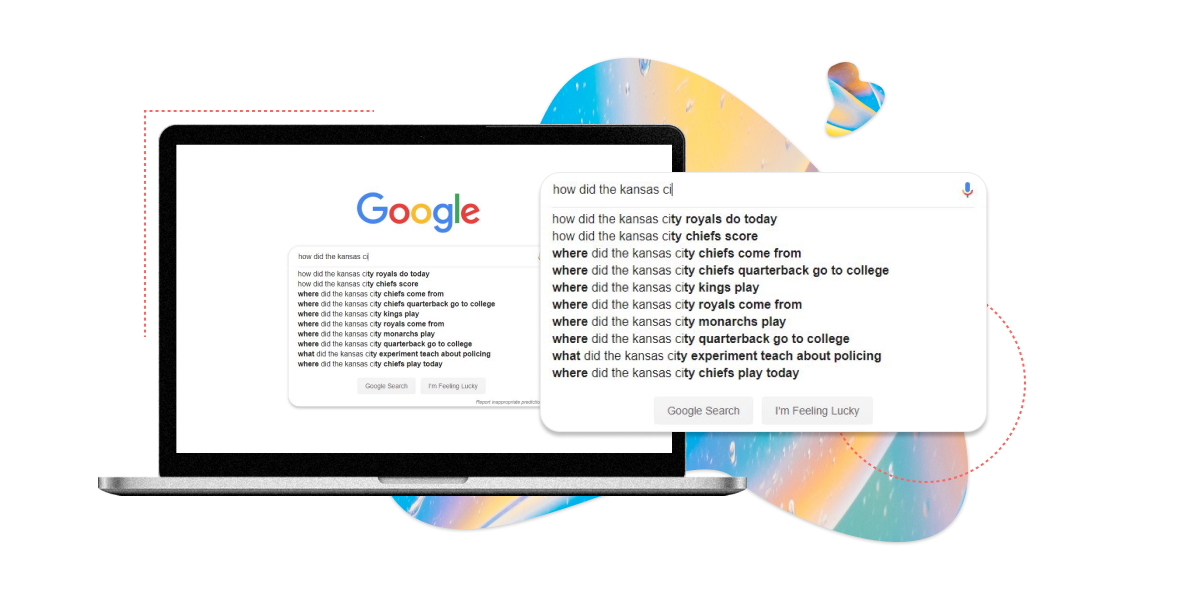
The Role of Structured Data in Semantic Search
Let’s get a little technical, but don’t worry—structured data is easier to implement than you think. Structured data is essentially code that helps search engines understand the context of your content. Think of it like giving Google a cheat sheet. By adding structured data (also called schema markup) to your site, you’re helping search engines present your information more clearly in search results—think rich snippets, product prices, and event dates.
For small businesses, this is a game-changer. If you run a restaurant, for example, adding structured data to your page can help Google display your business hours, menu, and customer reviews directly in the search results. This gives your website a better chance of showing up in featured snippets and other prominent positions on the results page).
Using tools like Google’s Structured Data Markup Helper or Merkle’s Schema Markup Generator, you can create the necessary code and easily add it to your site. The best part? You don’t need to be a coding genius to pull this off!
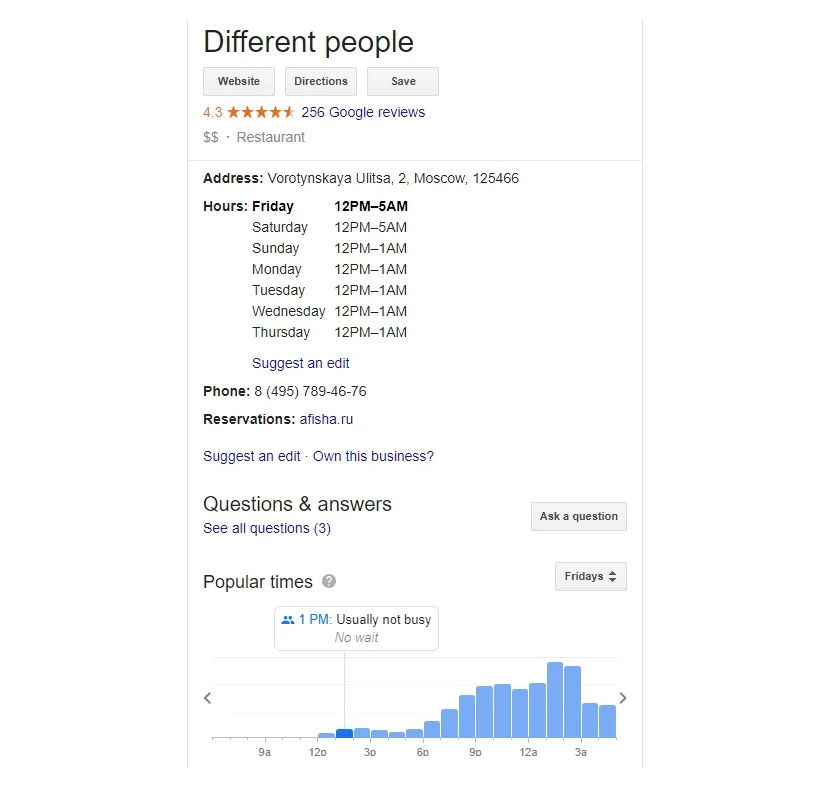
Topic Clusters: Your Secret Weapon
If you haven’t heard of topic clusters, now’s the time to take notice. Topic clusters are like a well-organized library for your website. Instead of writing random blog posts with no connection to each other, topic clusters group related content around a pillar page. The pillar page provides a broad overview of a subject, while the cluster pages dive into specific subtopics.
For example, if you own a pet grooming business, your pillar page might be “A Complete Guide to Dog Grooming,” while the cluster pages could cover topics like “How to Groom Long-Haired Breeds” or “Best Grooming Tools for Beginners.” All these pages link to each other, making it easier for users (and Google) to understand how your content is connected.
For more details on how to create topic clusters, check out our in-depth article [here].
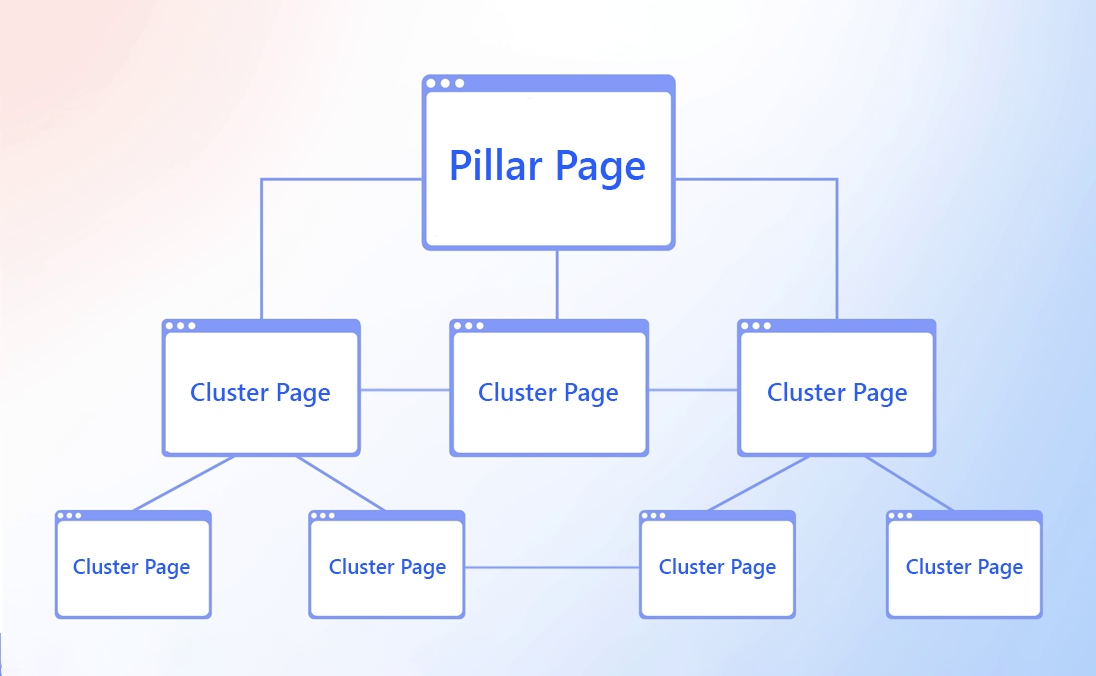
Using Natural Language Processing (NLP) Tools for SEO
Natural Language Processing (NLP) is Google’s secret sauce for understanding human language. With the rise of semantic search, Google now uses NLP to figure out the context behind words, so it can deliver more relevant search results. And here’s the best part: you can use NLP tools to optimize your content too!
Tools like Google’s Natural Language API analyze your text and provide insights into how well it aligns with semantic search principles. You can even use tools like Semrush’s Writing Assistant, which offers suggestions on how to improve readability and content depth. By making your content more natural and conversational, you’ll increase your chances of ranking higher.
So, embrace your inner AI! Use these tools to take your SEO game to the next level.
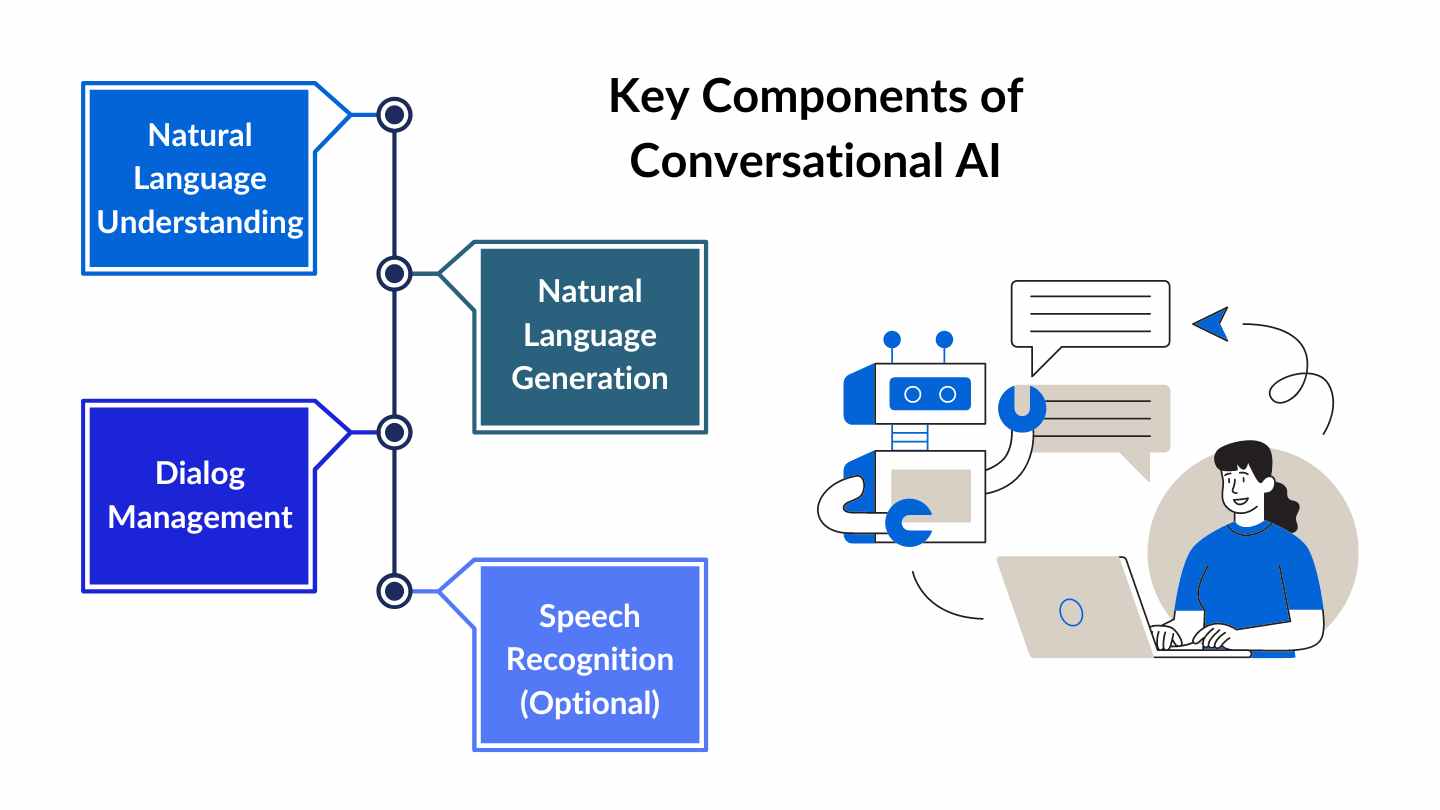
Voice Search: The Rising Star of Semantic SEO
“Hey Siri, what’s the best Italian restaurant near me?” Welcome to the age of voice search, where people are using conversational, natural language to ask questions. Voice search queries tend to be longer and more specific, which means optimizing for voice search is crucial in the world of semantic SEO.
Start by incorporating conversational keywords into your content. These are phrases that sound more like real speech, such as “Where can I find vegan restaurants nearby?” instead of just “vegan restaurants.” Voice searches are all about context and direct answers, so ensure that your content is structured to answer questions quickly and clearly.
Adding an FAQ section to your website is a great way to capture voice search traffic. Address common questions people might ask about your business, and use natural, conversational language to answer them.

Measuring the Success of Your Semantic SEO Strategy
So, you’ve optimized your website for semantic search—now what? It’s time to track your success. Start by using tools like Google Analytics to monitor your organic traffic, bounce rates, and user engagement. You’ll want to look at metrics like time on page and pages per session to see how well users are interacting with your content.
If you notice that certain pages are performing better than others, take a closer look at why. Are these pages optimized with semantic keywords? Are they answering user intent effectively? Adjust your strategy based on what works—and what doesn’t.
Tools like SEMrush or Ahrefs can also help you monitor your site’s performance and identify opportunities for improvement. Over time, you’ll be able to see how your efforts in semantic SEO are paying off, and you’ll be one step closer to beating the competition.
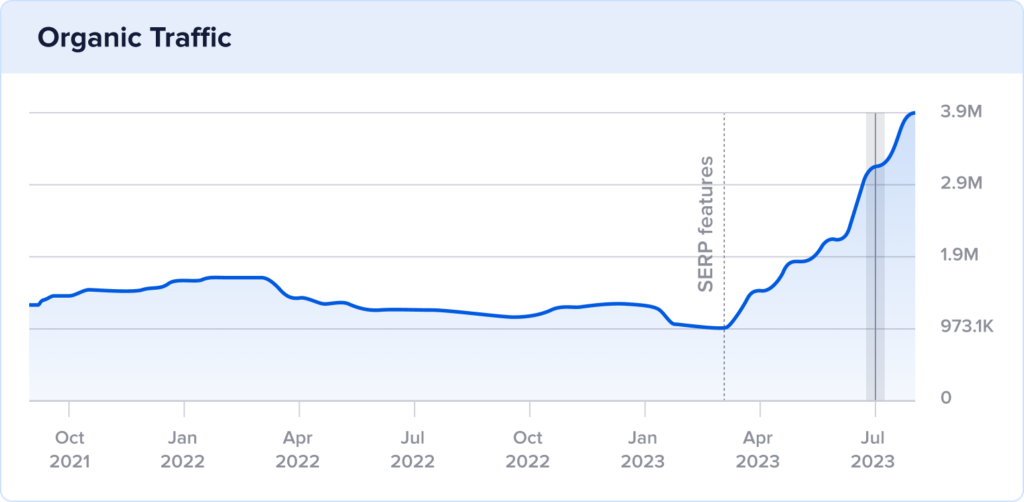

Your Local Web Dev
Website development for small businesses with a focus on SEO using only custom code, never any website builder.
Standard
$200/mo
- - Handwritten Code
- - Mobile-Optimized Layout
- - SEO Integration
- - 5 Tailored Web Pages
- - Hosting & Domain Setup
- - Unlimited Edits
- - 24/7 Support